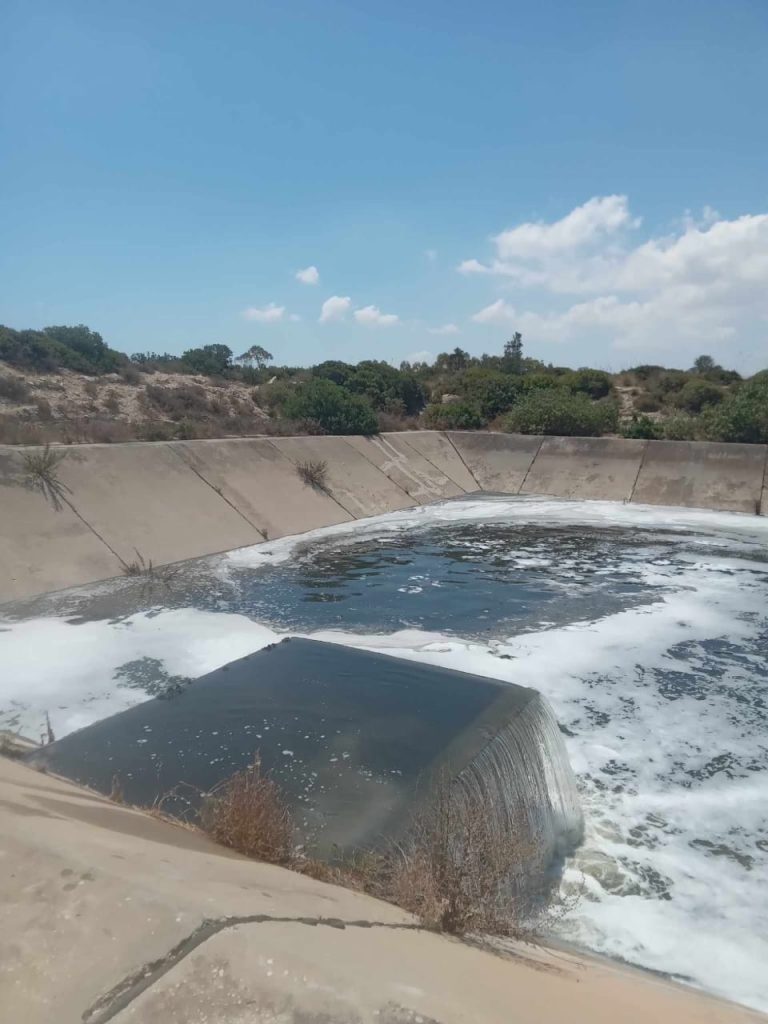Tunisia
Hub: Pasteur Institute in Tunis, Tunisia
Title: A Responsible Artificial Intelligence-driven Initiative for Tackling Waterborne Pathogen (re)Emergence in Tunisia (INTERACT)
Team Members
General Objectives
Find ways to transform an academic research project into a toolkit for epidemic response: Lay the foundation for a functional system that incorporating AI models along with wastewater-based epidemiology—surveillance data into early detection and warning systems of waterborne outbreaks in Tunisia
Specific Objectives
1. Establish a list of high-priority waterborne pathogens in tight coordination with the Ministry of Health.
2. Implement guidelines for an efficient Data collection process for responsible AI implementation.
3. Build AI models that correlate disease cases with real-time Data / indicators and highlight possible hotspots.
4. Deploy validated models through a publicly available information platform.
5. Implement on-the-ground validation to confirm risky regions or outbreaks.
6. Get insights about the efficacy of treatments employed in the studied wastewater plants against the selected waterborne pathogens, especially for agriculture water reuse.
Image Gallery
Tackling Waterborne Pathogen (re)Emergence in Tunisia
Context: In water-stressed regions, such as Tunisia, there is an urgent need to reuse water, including treated wastewater for irrigation in agriculture. With this reuse solution comes risk of transmission of pathogens into the food system, including drug resistant bacteria, viruses, parasites, and fungi. Addressing gaps and challenges in those pathogens surveillance and antimicrobial resistance (AMR) is critical. Unfortunately, there’s a lack of understanding regarding current trends in those pathogens and AMR in Tunisia, despite several pathogens including Salmonella being detected in treated wastewater in various regions.
Implementation research: A multidisciplinary team at the Institut Pasteur de Tunis, in close partnership with the Ministry of Health, is investigating the following questions: How can responsible AI be integrated with wastewater quality surveillance to enhance the monitoring, predictions and early warning of outbreaks? How can the AI-enabled analysis provide actionable recommendations for effective control strategies to mitigate the spread of pathogens and AMR?
Research in action:
The Team has digitized, analyzed extensive wastewater data from 2017 to 2024, spanning 21 treatment plants in rural and urban areas across Tunisia. In collaboration with the Ministry of Health, a biannual sampling campaigns is launched (2025–2028) to monitor high-priority pathogens—including bacteria, viruses, and parasites—and AMR markers. The data feeds into an AI-powered dashboard, a pioneering tool for tracking pathogen trends, Salmonella serovars diversity, and antibiotic resistance that is available to government, policy makers and researchers.
Results and next steps:
The AI-enabled dashboard is the first of its kind dedicated to waterborne pathogen surveillance system in Tunisia. The project successfully identified and prioritized a list of pathogens based on epidemiological and environmental data, including Vibrio and Salmonella, Hepatitis A and E, Poliovirus and Microsporidia. The AI-powered dashboards are currently undergoing review and will be made available for widespread use by the government, allowing to visualize historic data and predict wastewater disease outbreaks. Over the next four years, the project will integrate prospective pathogen and AMR data from wet and dry seasons to launch a repository website and will develop predictive models using environmental, community, and demographic data for risk assessment in a dashboard.
AI Approach: Discriminative AI
AI Model : Deep Neural Networks
Model Maturity: Development Phase
Responsible AI: The AI model being designed is ethical, transparent, and inclusive, through its co-creation process and by creating risk maps to guide equitable resource allocation. The selection of wastewater treatment plants across Tunisia was done intentionally to avoid biases toward larger cities or coastal towns. This is particularly important as these latter areas face a noticeable rise in social demands, especially in marginalized communities.








